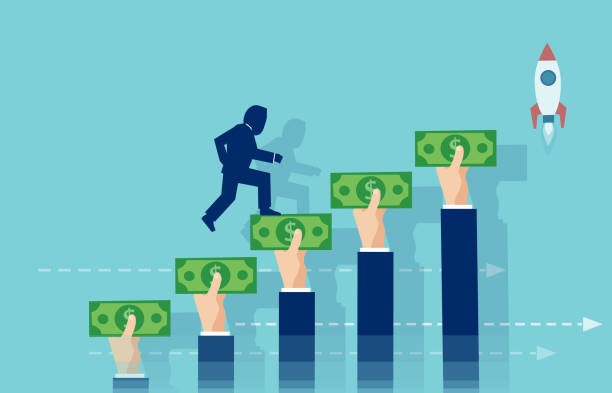
Precious metals like gold, silver, platinum, and palladium have been valued for centuries, not just for their beauty and rarity but also for their role as a hedge against economic uncertainty. In today’s volatile market, many investors are turning to precious metals as a way to diversify their portfolios and protect their wealth. This article explores the benefits, risks, and strategies associated with investing in precious metals.
The Benefits of Investing in Precious Metals
- Inflation Hedge: Precious metals have historically maintained their value during periods of inflation. When the purchasing power of fiat currencies declines, precious metals often increase in price, providing a buffer for investors.
- Safe Haven Asset: In times of economic or geopolitical turmoil, investors often flock to precious metals as a safe haven. For instance, during financial crises or significant global events, demand for gold and silver tends to rise, driving up their prices.
- Tangible Assets: Unlike stocks and bonds, which are intangible, precious metals are physical assets that can be held in hand. This tangibility can provide a sense of security for some investors, especially during uncertain times.
- Diversification: Including precious metals in an investment portfolio can help reduce overall risk. Precious metals often have a low correlation with other asset classes, meaning they may not move in the same direction as stocks or bonds.
Types of Precious Metal Investments
Investors have various options for gaining exposure to precious metals:
- Physical Metals: Buying bullion bars, coins, or jewelry allows investors to hold the metals directly. However, it also involves considerations like storage and insurance.
- Exchange-Traded Funds (ETFs): Precious metal ETFs provide exposure to the price movements of metals without the need for physical ownership. These funds typically track the price of a specific metal and can be traded on stock exchanges.
- Mining Stocks: Investing in companies that mine precious metals can offer indirect exposure to their prices. While this strategy can lead to significant gains, it also comes with additional risks related to company performance and operational challenges.
- Futures and Options: More experienced investors may consider trading futures and options contracts based on precious metals. This approach can amplify returns but carries higher risks and requires a solid understanding of market dynamics.
Risks of Precious Metal Investing
Despite their advantages, investing in precious metals is not without risks. Prices can be volatile, influenced by factors like supply and demand dynamics, economic indicators, and changes in monetary policy. Additionally, while precious metals may provide a hedge against inflation, they do not generate income, such as dividends or interest, which may be a disadvantage for income-seeking investors.
Leave a Reply